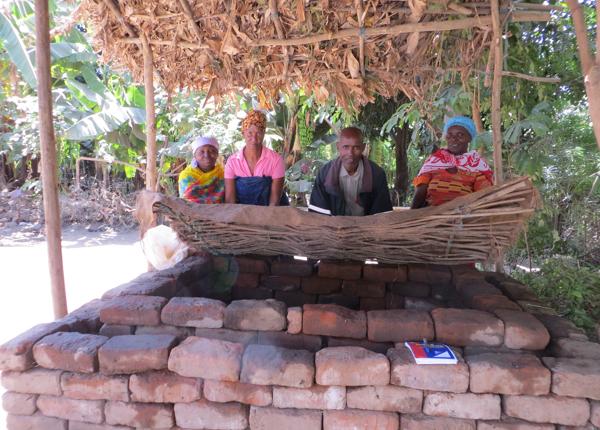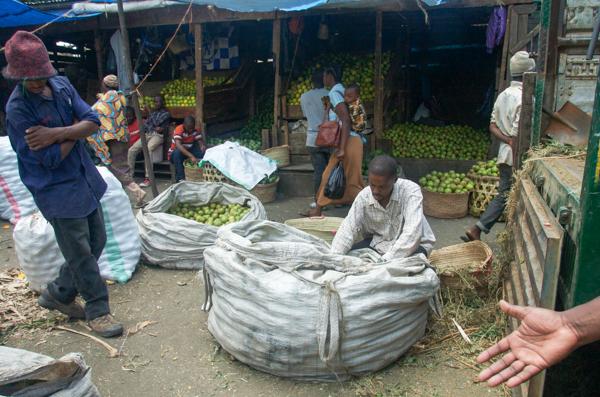Rachel Cernansky
Author
CONTACT ME
Website: news.mongabay.com
LATEST
Finding Solutions for Grain Shortage in Africa
Corn is an integral part of many meals in Tanzania and its neighboring East African countries. Ground, it makes a thin, viscous porridge for breakfast. Mashed with beans and potatoes, it’s lunch. Roasted on the cob, it’s an afternoon snack. And cooked with water, corn flour makes a bread-like side dish that is the main source of calories at dinner.
|
Combating Wasting Food Resources in Africa
Like much of sub-Saharan Africa, Tanzania produces all kinds of food for local consumption as well as export. Yet here, in the part of the world that can arguably least afford to waste food, a good portion of these crops are lost. Much of the loss happens before the food can be eaten, during the so-called “post-harvest” phase between harvest and the point of sale or consumption.
|
Finding Solutions for Grain Shortage in Africa
Corn is an integral part of many meals in Tanzania and its neighboring East African countries. Ground, it makes a thin, viscous porridge for breakfast. Mashed with beans and potatoes, it’s lunch. Roasted on the cob, it’s an afternoon snack. And cooked with water, corn flour makes a bread-like side dish that is the main source of calories at dinner.
|
Combating Wasting Food Resources in Africa
Like much of sub-Saharan Africa, Tanzania produces all kinds of food for local consumption as well as export. Yet here, in the part of the world that can arguably least afford to waste food, a good portion of these crops are lost. Much of the loss happens before the food can be eaten, during the so-called “post-harvest” phase between harvest and the point of sale or consumption.
|



